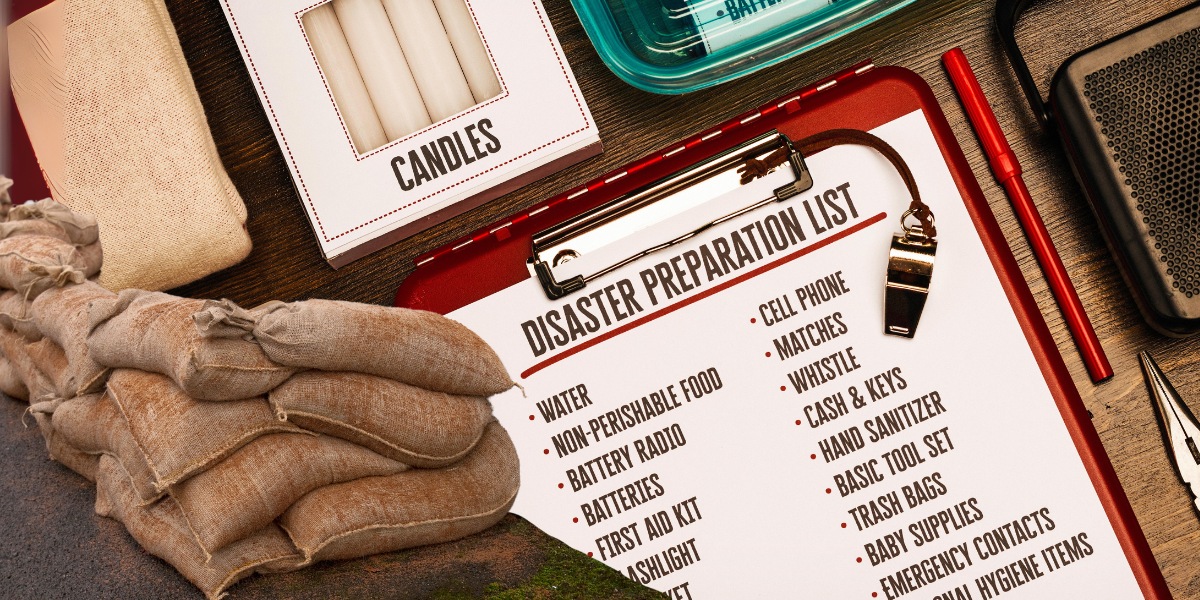 MENU
MENU
- 30 years of superior performance, craftsmanship & service

Though the end of hurricane season is in November, there is still plenty of time for severe storms to rear their ugly heads. And, as any Lowcountry local knows, floods and damaging winds can happen year-round in the coastal south.
Luckily, there are steps you can take to ready your home for storm season and maintain it no matter the weather. We’ve gathered our expertise from over three decades of building and renovating homes in Charleston to share with you so you’re equipped to be a savvy homeowner and keep your abode safe, rain or shine.
Wind and rain are the most common problems in Charleston, and when combined, they can be particularly dangerous, often leading to flooding and other damage. Strong winds can often blow heavy rain into roof vents or ridge caps, causing leaks. Wind and flooding can also cause water to get behind walls or flooring and cause mold or mildew.
Standing water from flooding or other leaks in your home can also damage floors and furniture, short-circuit power outlets, and damage electronics. Before severe weather with a potential flood, unplug electronics, including surge protectors and power strips, and move them to higher locations where they won’t be damaged by water. If you are evacuating from severe weather, turning off your power can help reduce damage to your electrical system.
Should water enter your home, dehumidify and dry out the affected areas as soon as possible to prevent further water damage and dangerous mold.
Maintaining your home all year is the best way to ensure it doesn’t suffer catastrophic damage during severe weather. Regular maintenance and home inspections are the easiest way to avoid spending money on costly repairs down the road.
Before any significant storm season, it’s a good idea to go through the following checklist to ensure your home is in tip-top shape.
While there is no right answer for how often you should have your home inspected, you should have it checked before hurricane season every year and as soon as you notice a problem. It’s better to call experts who can diagnose and remedy the problem before it evolves into a major issue that could cause serious damage to your home.
In addition to regular home inspections, you can add some preventative features to your home to help weather-proof it. Drip edges and larger overhangs will help protect your roof and prevent water from blowing in, while weather-resistant barriers, weep holes in masonry walls, French drains, and proper grading will ensure your home and property are safe during flooding.
If you’re planning a renovation or home maintenance, consider weather-rated materials and products to lessen potential damage to your home. Depending on where you live, you may be required by law to have these materials installed.
Impact windows and doors are highly recommended for this part of South Carolina, but if you don’t have them, you are required to have other means of windborne debris protection, such as PLYFASTNER. They can withstand strong winds and are less likely to shatter should objects be thrown against them. If you live in an older home that hasn’t been recently updated, you may need to check to see if you have installed impact windows and doors.
You should also use treated lumber for any part of your home that could come into contact with weather elements or the ground, as it is less susceptible to water damage.
Other weather-durable materials to consider when in the planning phase of your renovation include:
After your home’s been weather-proofed and prepared, it’s time to batten the hatches!
Make sure you have potable water, an alternative way to cook food in case the power goes out, and extra water for dishes, toilets, and bathing. Be sure to stock up on shelf-stable foods and food for your pet if you have one. Charge backup batteries and vital electronics prior to severe weather, and if you’re in an area prone to power outages, consider investing in a gas generator.
These precautions and regular home maintenance can ensure you’re prepared when Mother Nature strikes.
Ready to make your home inspiration a reality with our 30 years of superior performance, craftsmanship, and service? Contact us today!